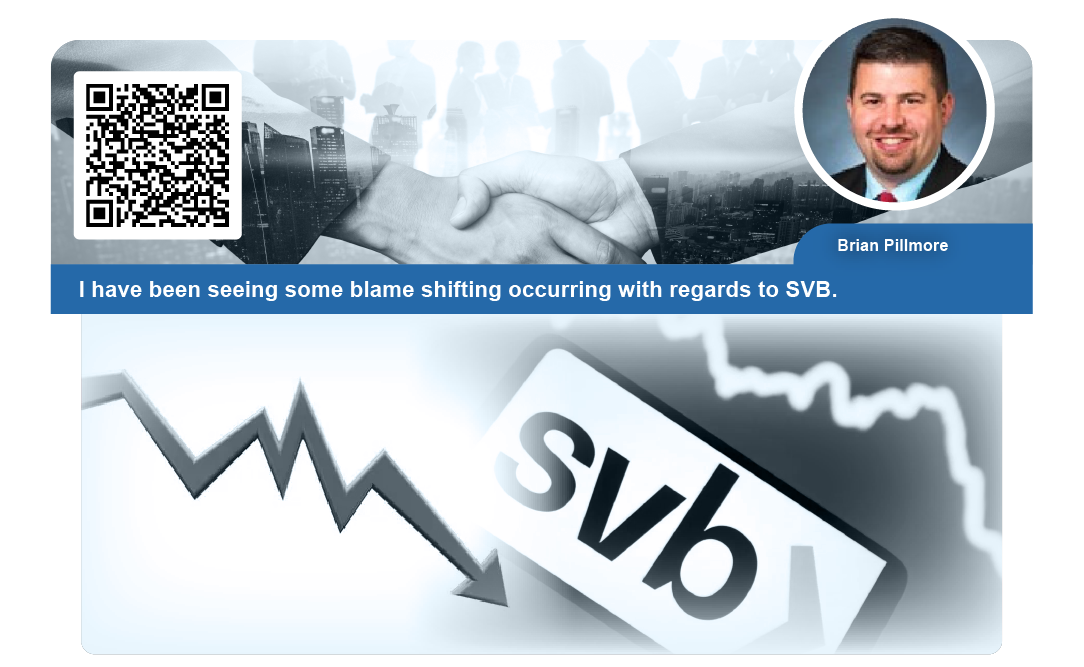Estimated reading time: 2 minutes
Let’s not shift the blame – assign blame exactly where it belongs. The decisions that led to this point – based on financial analysis, appear to have started in 2019.
The leadership of the bank, met with ~$20B per quarter of deposit inflows, decided to invest in a large HTM portfolio with an average duration as of Q4’2022 of 6.6 years. This was a willful decision.
Poor management of a balance sheet that wipes out ALL of the capital of the bank DOES start a run on the bank. In this case, the bank was not only ILLIQUID (thanks bank run) but also INSOLVENT (thanks losses on the securities portfolio that was far too long in duration).
I wouldn’t blame short sellers although their actions hastened the demise of SVB among others. At SVB, let’s lay the blame squarely on the leadership team who decided, way back in 2019 and carried on to 2022 to “go long” with their HTM portfolio (6.6 years in average duration).
This was a pure arbitrage play – ~1.17% cost of deposits with a higher yield on the longer duration securities.
They thought they were safe since they could predict when the tech and VC-backed companies would need these funds but they got caught with a perfect storm:
an HTM portfolio with significant embedded mark
AND
deposit outflows (even before the massive Thursday run)
–
🔔 Follow Brian on Linkedin: Brian Pillmore




